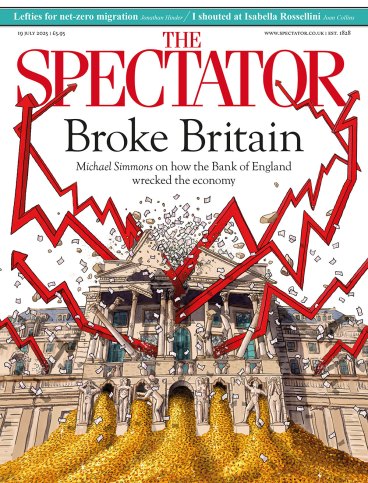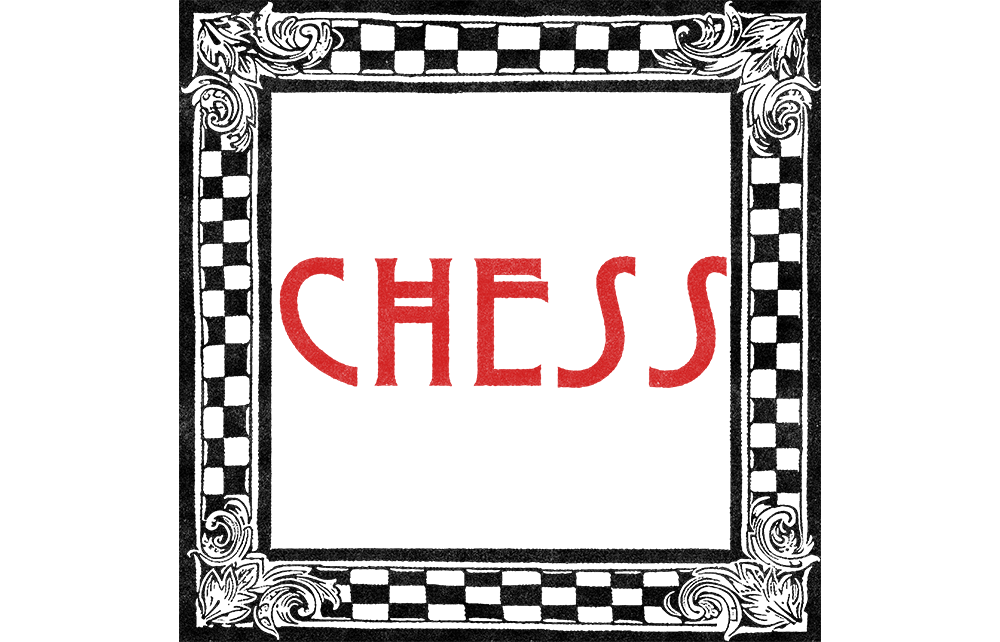
Before the SuperUnited Rapid & Blitz tournament, held in Zagreb earlier this month, Magnus Carlsen spoke frankly: ‘Gukesh hasn’t done anything to indicate he’s going to do well in such a tournament.’
That was, in a sense, true. Granted, 19-year old Gukesh Dommaraju has been world champion since December, when he defeated the reigning champion Ding Liren in Singapore. But that match was played in classical chess, the slowest form of the game. Rapid games usually last 30-60 minutes in total, and blitz games less than ten. Success at those faster time limits calls for a well-honed intuition, whereas classical games require more in the way of stamina and an intense attention to detail.
Gukesh has focused his efforts almost exclusively on classical chess. He skipped the World Rapid & Blitz Championships in New York in December, and almost a year had passed since he participated in internationally rated rapid or blitz events, while his performances in ‘Freestyle’ events (aka Chess960) have been underwhelming.
But Gukesh proved in Zagreb that his skills are still developing fast. He confounded Carlsen’s prediction by taking first place in the rapid event, including a turbulent win against the Norwegian himself (see below). Carlsen got revenge in the blitz event, where Gukesh finished last, so it was still Carlsen who topped the combined standings.
Magnus Carlsen-Gukesh Dommaraju
SuperUnited Rapid, Zagreb 2025

1 c4 e5 2 Nc3 Bb4 3 Nf3 Bxc3 4 dxc3 d6 5 e4 Nd7 6 Bd3 Nc5 7 Bc2 Nf6 8 Qe2 a5 9 Nd2 g6 10 Nf1 Be6 11 Bg5 h6 12 Bh4 g5 13 Bg3 Qd7 14 f3 Nh5 15 Ne3 Nf4 16 Qd2 b5 17 Nd5 Bxd5 18 cxd5 Nh5 A strange decision from Gukesh, driving the bishop to a better diagonal. Ke8-f8-g7 would have been better played immediately. 19 Bf2 Kf8 20 g3 Kg7 21 Be3 Qe7 22 Rg1 Nf6 (see above). It is a common misconception that knights are better than bishops in closed positions. That is only valid when the knights enjoy strong outposts. Here, the pawn on g3 sidelines the Nh5, while the Nc5 can be evicted at any moment by b2-b4. Nevertheless, Carlsen’s next move backfires, because he has not yet brought his king to safety. Had Carlsen played 22 O-O instead of 22 Rh1-g1, his approach with b2-b4 might well have been successful. 23 b4 axb4 24 cxb4 Na4 25 Bd3 c6! Battling for the initiative, even at the cost of a pawn. 26 dxc6 d5! Forcing more lines open, since after 27 Bxb5 d4! 28 Bf2 Nc3 29 Bd3 g4! White would soon start shedding pawns. 27 exd5 Nxd5 28 a3 Rhd8 29 Rc1 Rd6 30 Bxb5 Ndc3 31 Bc5 Nxb5 32 Bxd6 Nxd6 In this murky position, White’s vulnerable king is still the most significant factor. 33 Kf2 Nb6 34 Qd3 Qe6 A subtle move, introducing ideas of Qe6-a2+ and Qe6-h3, as well as bringing a knight to c4 to attack a3. 35 Rc5 35 Rge1 was probably a better choice, restraining e5-e4 but ceding the c6 pawn. After 35…Ndc4 36 Rc3 Qxc6 37 Rec1 Rc8 the game is at an impasse. e4 36 Qd4+ Kg8 37 Rd1 exf3 38 Re5 Now the game is beyond saving. 38 Rc2 was essential, in order to meet Qe6-h3 with Kf2-g1. However, Black retains the upper hand with 38…Nbc4 Qh3 39 Kxf3 Nbc4 There is no good answer to the dual threats of Nxe5+ and Rxa3+. 40 Ra5 Nxa5 41 bxa5 Qf5+ 42 Kg2 Qc2+ 43 Kg1 Nf5 44 Qd7 Ne3 45 Rd2 Qc1+ 46 Kf2 Ng4+ 47 Ke2 Ne5 48 Qe7 Nxc6 49 Qe4 Rxa5 White resigns






Comments